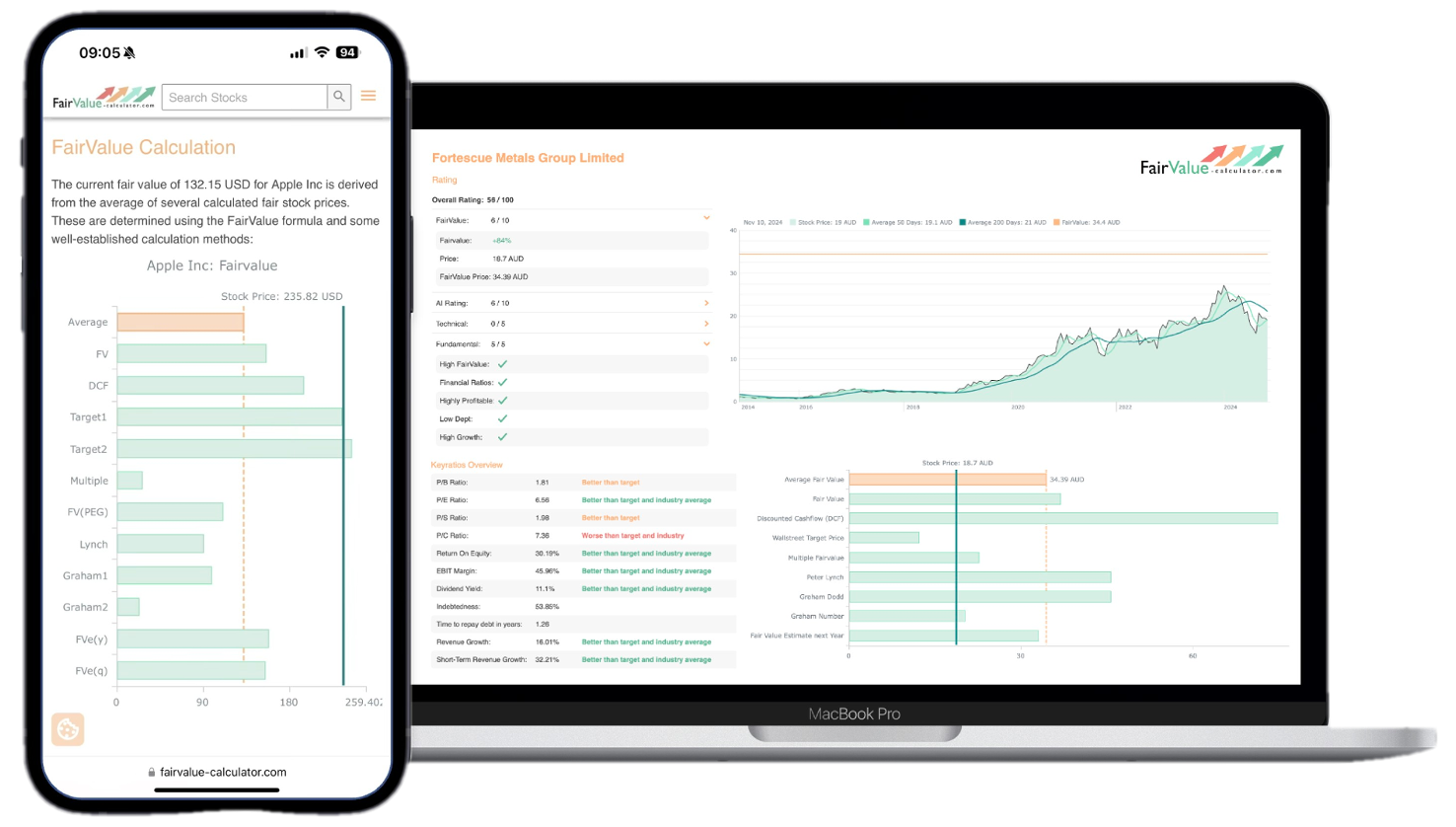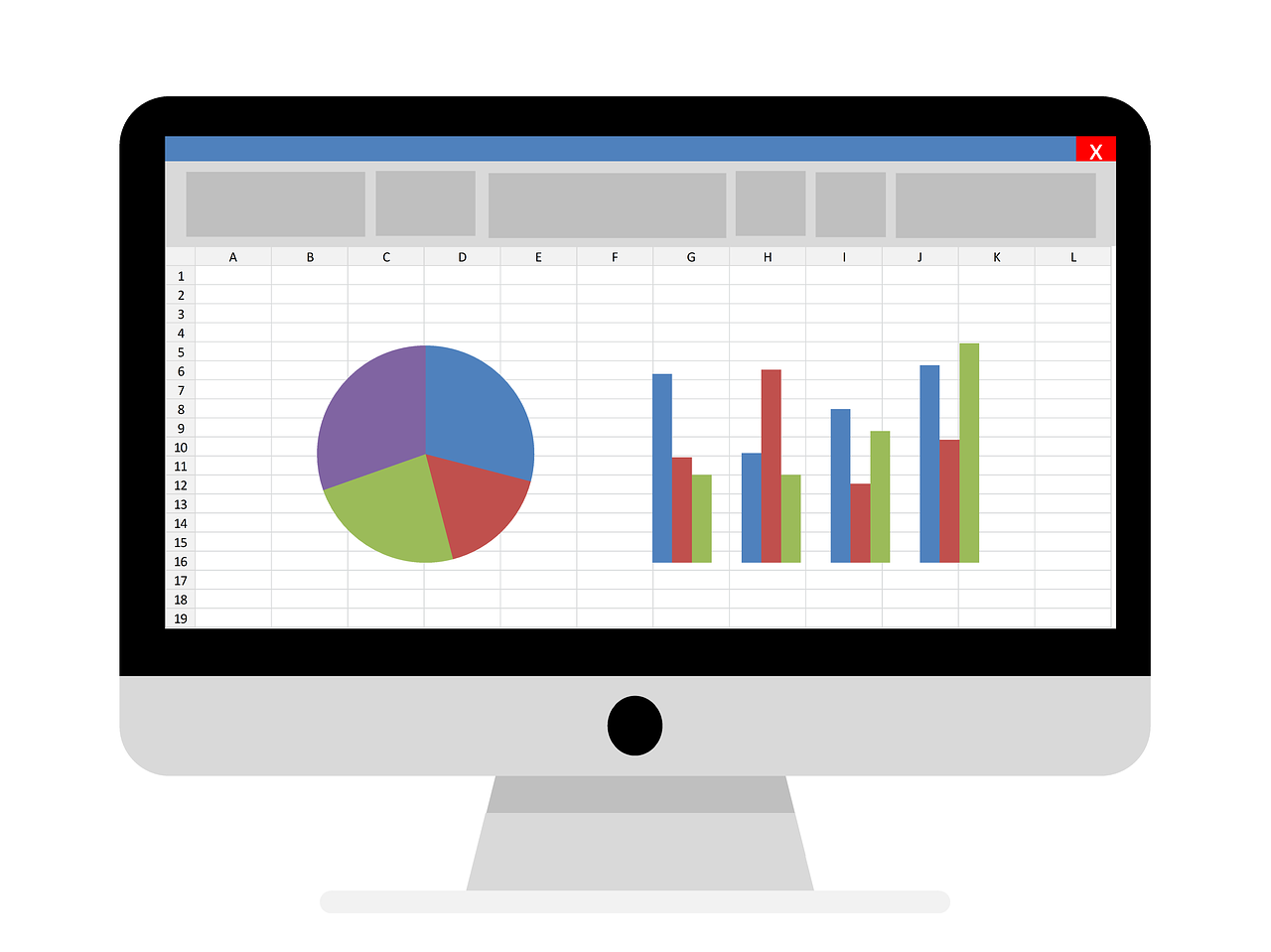In the complex world of finance and accounting, the concept of fair value estimates often shines like a beacon of transparency and accuracy. However, beneath its polished surface lies a web of challenges that financial professionals navigate daily. Understanding what are the limitations of fair value estimates can be critical, especially given the evolving market conditions and diverse asset classes that require precise valuation. With economic landscapes shifting rapidly, relying solely on fair value may lead to discrepancies that can impact financial reporting and decision-making.
Take, for instance, the 2008 financial crisis—a stark reminder of how models and assumptions, once deemed reliable, can falter dramatically under unforeseen pressures. During this period, the reliance on fair value estimates highlighted vulnerabilities in assessing the true economic worth of assets. This blog post delves into these limitations, shedding light on the inherent uncertainties, market volatility, and subjective judgments that often accompany the fair value process. By unpacking these truths, we aim to equip you with a deeper understanding of why these estimates, while valuable, might not always paint the complete picture.
💡 Discover Powerful Investing Tools
Stop guessing – start investing with confidence. Our Fair Value Stock Calculators help you uncover hidden value in stocks using time-tested methods like Discounted Cash Flow (DCF), Benjamin Graham’s valuation principles, Peter Lynch’s PEG ratio, and our own AI-powered Super Fair Value formula. Designed for clarity, speed, and precision, these tools turn complex valuation models into simple, actionable insights – even for beginners.
Learn More About the Tools →
Influence of Market Volatility on Fair Value Estimates
Market volatility can dramatically sway fair value estimates from one reporting period to the next, making it difficult for stakeholders to discern genuine economic trends from short-term price swings. When equity markets experience wild fluctuations, the inputs used to calculate fair values—such as quoted prices or model assumptions—can shift rapidly. This means that an asset’s valuation today might be significantly different from its fair value tomorrow, even if the underlying fundamentals haven’t changed.
In highly liquid markets, volatility may be absorbed relatively smoothly, but for assets traded infrequently or in smaller volumes, price spikes or crashes can introduce distortions. During periods of stress, bid-ask spreads widen, reported prices may not represent true market consensus, and valuation models calibrated to historical volatility can misstate current risk. As such, one of the major answers to what are the limitations of fair value estimates lies in their sensitivity to real-time market turbulence, which can lead to overreaction or underestimation of an asset’s intrinsic worth.
🚀 Test the Fair Value Calculator Now!
Find out in seconds whether your stock is truly undervalued or overpriced – based on fundamentals and future growth.
Try it for Free →Subjectivity in Fair Value Measurement
Subjectivity is at the core of many fair value measurement challenges. While accounting standards aim to standardize valuation methods, significant judgment remains in selecting appropriate inputs—particularly Level 2 and Level 3 inputs where market data is either limited or absent. Analysts must decide which assumptions best reflect an asset’s risk profile, future cash flows, or discount rates, yet there is rarely a single “correct” choice.
This subjectivity can lead to diverging estimates among competent professionals, especially when valuing complex instruments like derivatives or structured products. Two analysts using the same high-level framework may arrive at materially different numbers based on varying judgments about credit spreads, liquidity adjustments, or macroeconomic scenarios. Consequently, stakeholders asking what are the limitations of fair value estimates must recognize that these valuations embody individual viewpoints and may lack full comparability across companies or reporting periods.
Explore our most popular stock fair value calculators to find opportunities where the market price is lower than the true value.
- Peter Lynch Fair Value – Combines growth with valuation using the PEG ratio. A favorite among growth investors.
- Buffett Intrinsic Value Calculator – Based on Warren Buffett’s long-term DCF approach to determine business value.
- Buffett Fair Value Model – Simplified version of his logic with margin of safety baked in.
- Graham & Dodd Fair Value – Uses conservative earnings-based valuation from classic value investing theory.
- Intrinsic vs. Extrinsic Value – Learn the core difference between what a company’s really worth and what others pay.
- Intrinsic Value Calculator – A general tool to estimate the true value of a stock, based on earnings potential.
- Fama-French Model – For advanced users: Quantifies expected return using size, value and market risk.
- Discount Rate Calculator – Helps estimate the proper rate to use in any DCF-based valuation model.
Challenges in Valuing Illiquid Assets
Valuing illiquid assets such as private equity holdings, unlisted securities, or specialized real estate presents unique hurdles. Unlike publicly traded assets, there is often no active market price to reference, forcing valuation professionals to rely on discounted cash flow models, peer-group analysis, or broker quotes that may be outdated or subjective. These workarounds can significantly increase estimation uncertainty.
The lack of frequent trades means that small changes in assumptions—like growth rates or discount factors—can have outsized impacts on the final fair value. Furthermore, in times of market stress, brokers may withdraw from providing quotes, leaving firms with even less information. As such, the question “What are the limitations of fair value estimates?” must account for the fact that illiquid assets often carry wider valuation bands and greater risk of material misstatement.
Impact of Assumptions on Fair Value Accuracy
Every fair value calculation rests on a foundation of assumptions: projected cash flows, discount rates, risk premiums, or market multiples. These assumptions drive the estimated outcomes, making fair values highly sensitive to the slightest tweak. For example, a 50-basis-point change in the discount rate could alter a valuation by 10-20%, depending on the asset’s duration.
Moreover, modeling assumptions often rely on historical data that may not hold under future conditions. When markets evolve or new risks emerge, outdated assumptions can misstate current value, highlighting another key aspect of what are the limitations of fair value estimates. The reliance on predicting future events means that valuations can swiftly become obsolete if actual outcomes diverge significantly from expected scenarios.
Regulatory Constraints on Fair Value Accounting
Accounting standards such as IFRS 13 and ASC 820 provide detailed guidance for fair value measurement, yet they also impose constraints that can limit valuation flexibility. Companies must adhere to classification hierarchies (Level 1, 2, and 3 inputs), disclosure requirements, and consistency principles, which can sometimes force choices that do not fully align with economic reality.
For instance, an asset categorized as Level 3 requires extensive disclosure of the valuation methodology, inputs, and sensitivity analyses. While this promotes transparency, it can also deter firms from updating valuations frequently due to the compliance burden. Additionally, regulatory reluctance to permit management’s best estimate in certain cases may lead to outdated or overly conservative valuations, further underscoring limitations in achieving truly fair estimates.
Fair Value vs. Historical Cost: A Comparative Analysis
When debating fair value against historical cost accounting, it becomes clear that each approach has trade-offs. Historical cost offers reliability and objectivity—assets are recorded at the original transaction price and only adjusted for impairments. This method avoids the volatility seen under fair value but can obscure current economic realities.
On the other hand, fair value embraces market-based information, arguably providing more relevant data for decision-making. Yet it introduces subjectivity, estimation risk, and performance volatility. Stakeholders curious about what are the limitations of fair value estimates must weigh the transparency benefits against the noise and potential for manipulation inherent in market-driven valuations.
Disclosure Requirements for Fair Value Estimates
Understanding fair value limitations requires examining the mandated disclosures companies must provide. Detailed notes under IFRS and U.S. GAAP compel firms to reveal valuation techniques, key inputs, and sensitivity analyses. These disclosures aim to give users insight into the reliability of reported figures and the degree of estimation uncertainty.
However, the quality of disclosures varies widely. Some companies provide robust, clear explanations, including charts and scenario analyses, while others offer boilerplate language that adds little value. This inconsistency means investors may still struggle to assess the credibility of fair values, highlighting a practical limitation in how transparency is achieved.
Managing Risks Associated with Fair Value Fluctuations
Firms employ various risk management strategies to mitigate the impact of fair value volatility on financial statements. Hedging instruments, insurance products, or diversification across asset classes can help stabilize reported figures. In addition, internal policies may require periodic stress testing or scenario analysis to gauge potential swings in valuations.
Nevertheless, these measures come with their own costs and complexities. Hedging can introduce counterparty risks, while frequent model updates demand significant resources. As part of assessing what are the limitations of fair value estimates, companies must balance the benefits of volatility management against the operational burden and residual uncertainty that remains.
The Role of Auditors in Validating Fair Value Estimates
Auditors play a critical role in ensuring that fair value estimates meet accounting standards and reflect reasonable judgments. Through substantive testing, re-performing valuation models, and evaluating management’s assumptions, auditors provide an independent check on the robustness of valuations. Their scrutiny helps to detect potential biases or errors before financial statements are finalized.
Yet auditors face their own limitations. Time constraints, reliance on management-provided data, and the inherent complexity of Level 3 valuations can hinder full validation. While audit opinions increase confidence, they cannot guarantee absolute accuracy. This underscores another facet of what are the limitations of fair value estimates—external oversight improves reliability but cannot entirely eliminate estimation risk.
Conclusion: Navigating the Complexities of Fair Value Limitations
Fair value estimates bring essential insight into an asset’s current worth, but they are not without pitfalls. Market volatility, subjective judgments, and regulatory constraints all introduce layers of complexity that demand careful scrutiny.
By understanding what are the limitations of fair value estimates and implementing robust controls—such as transparent disclosures, risk management techniques, and rigorous audit processes—stakeholders can better navigate these challenges and make more informed decisions.







